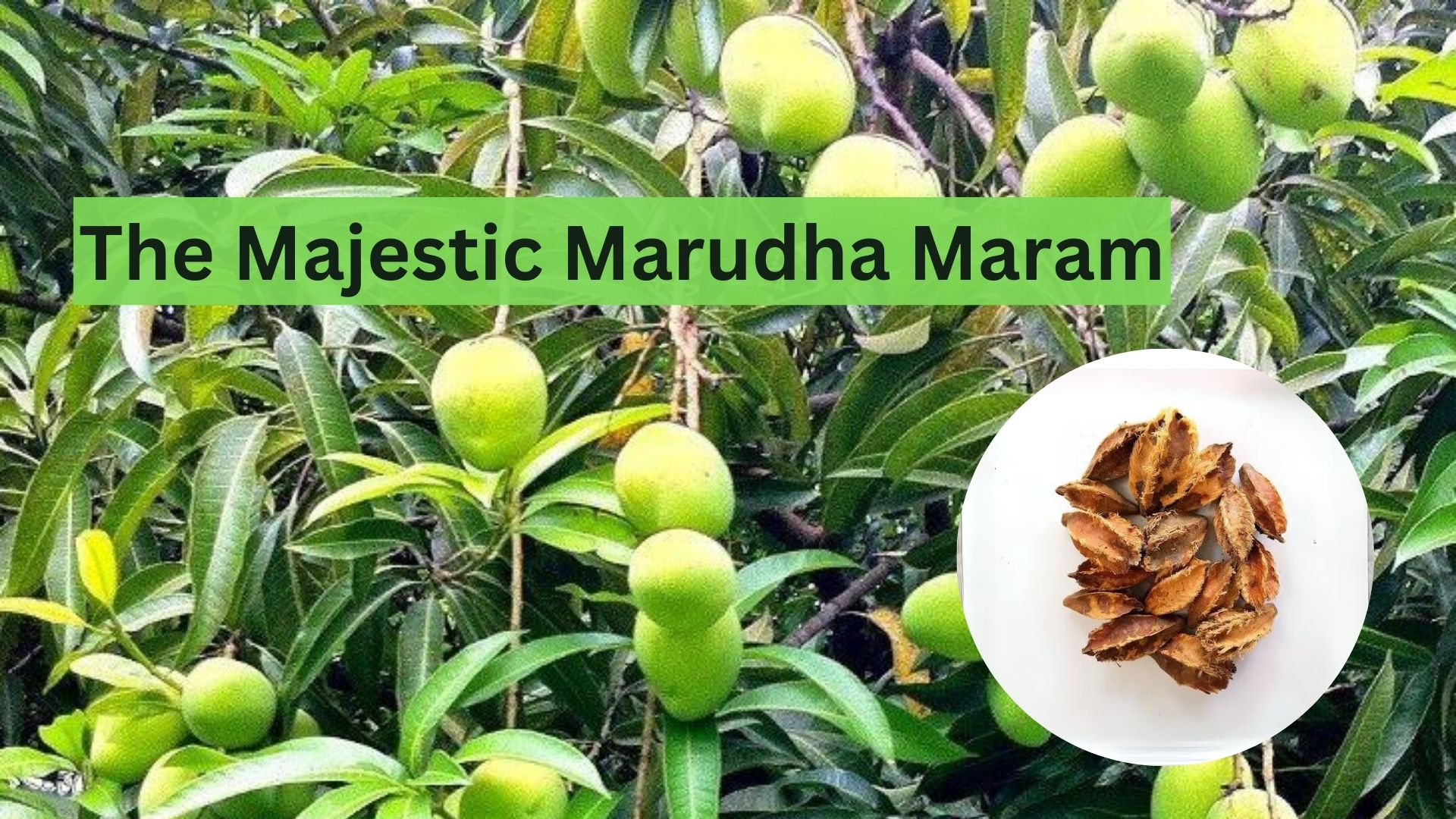
Introduction
In nature, certain trees stand as silent guardians, weaving together the threads of biological diversity, cultural heritage, and spiritual significance. One such arboreal marvel is the Marudha Maram, a tree that holds profound importance in various aspects of human life. From its rich biological properties to its cultural and spiritual significance, as well as its invaluable medicinal properties, the Marudha Maram is a symbol of resilience and interconnectedness.
Biological Properties
The Marudha Maram, scientifically known as Terminalia Arjuna, is a deciduous tree native to the Indian subcontinent. It belongs to the family Combretaceae and is commonly found in tropical and subtropical regions. This majestic tree can reach impressive heights, with a distinctive crown and a robust trunk. Its leaves are elliptical, providing ample shade to the ecosystems it inhabits.
One of the remarkable biological properties of the Marudha Maram is its ability to thrive in diverse soil conditions. It plays a crucial role in maintaining ecological balance by preventing soil erosion and promoting water conservation. Additionally, its extensive root system contributes to soil fertility and stability.
Cultural Significance
Embedded in the cultural tapestry of many communities, the Marudha Maram has deep-rooted significance. In several regions, this tree is considered sacred and is often associated with rituals and ceremonies. Its wood is prized for its durability and is traditionally used in the construction of temples and sacred structures. The Marudha Maram, with its towering presence, has become a symbol of strength and endurance in various cultural narratives.
Spiritual Significance
The spiritual significance of the Marudha Maram transcends its physical attributes. In many belief systems, it is revered as a symbol of life and eternity. The tree is often associated with deities and is believed to possess divine qualities. Its presence in sacred groves and temple premises underscores its role as a spiritual anchor, fostering a connection between the earthly and the divine.
Medicinal Properties
Beyond its cultural and spiritual importance, the Marudha Maram has been a treasure trove of medicinal properties for centuries. Various parts of the tree, including the bark, leaves, and fruits, are used in traditional medicine. The bark is known for its astringent and anti-inflammatory properties, making it valuable in the treatment of various ailments. Additionally, extracts from the Marudha Maram have been used to address issues related to digestion, skin disorders, and respiratory conditions.
Role in Silk Production
Silk production is intricately linked to the Marudha Maram, particularly through the Antheraea paphia moth. Among the various species whose leaves serve as nourishment for this silk-producing moth, the Arjuna (Terminalia e) plays a crucial role. The Antheraea paphia moth, also known as the Tassar silkworm, feeds on the leaves of the Arjuna tree, contributing to the production of Tassar silk—a wild silk variety of significant commercial importance. Tassar silk is renowned for its durability and natural sheen, making it a sought-after material in the textile industry. This interdependence between the Marudha Maram and silk production highlights the tree's contribution not only to biodiversity and cultural heritage but also to the economic fabric of regions where Tassar silk is cultivated. Efforts to conserve the Marudha Maram should consider its role in supporting the livelihoods of those involved in the silk industry, further emphasizing the tree's multifaceted importance.
Conservation
Despite its resilience, the Marudha Maram faces threats from habitat loss, deforestation, and urbanization. Conservation efforts are essential to ensure the survival of this invaluable tree and the ecosystems it sustains. Raising awareness about its ecological importance and implementing sustainable practices are crucial steps in preserving the biological and cultural heritage associated with the Marudha Maram.
Conclusion
The Marudha Maram stands as a testament to the interconnectedness of nature, culture, and spirituality. Its towering presence, both in the physical and metaphorical sense, underscores the importance of preserving our natural heritage. By understanding and appreciating the biological, cultural, spiritual, and medicinal dimensions of the Marudha Maram, we can work towards a harmonious coexistence with the natural world.
NEXT ARTICLE

A group of eager volunteers and nature enthusiasts, gathered amidst the lush greenery, ready to embark on a mission to enhance the beauty of our surro...